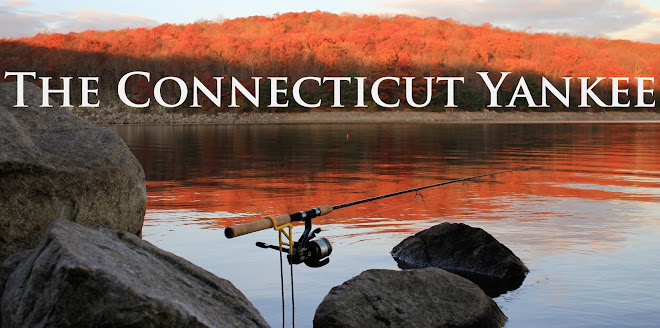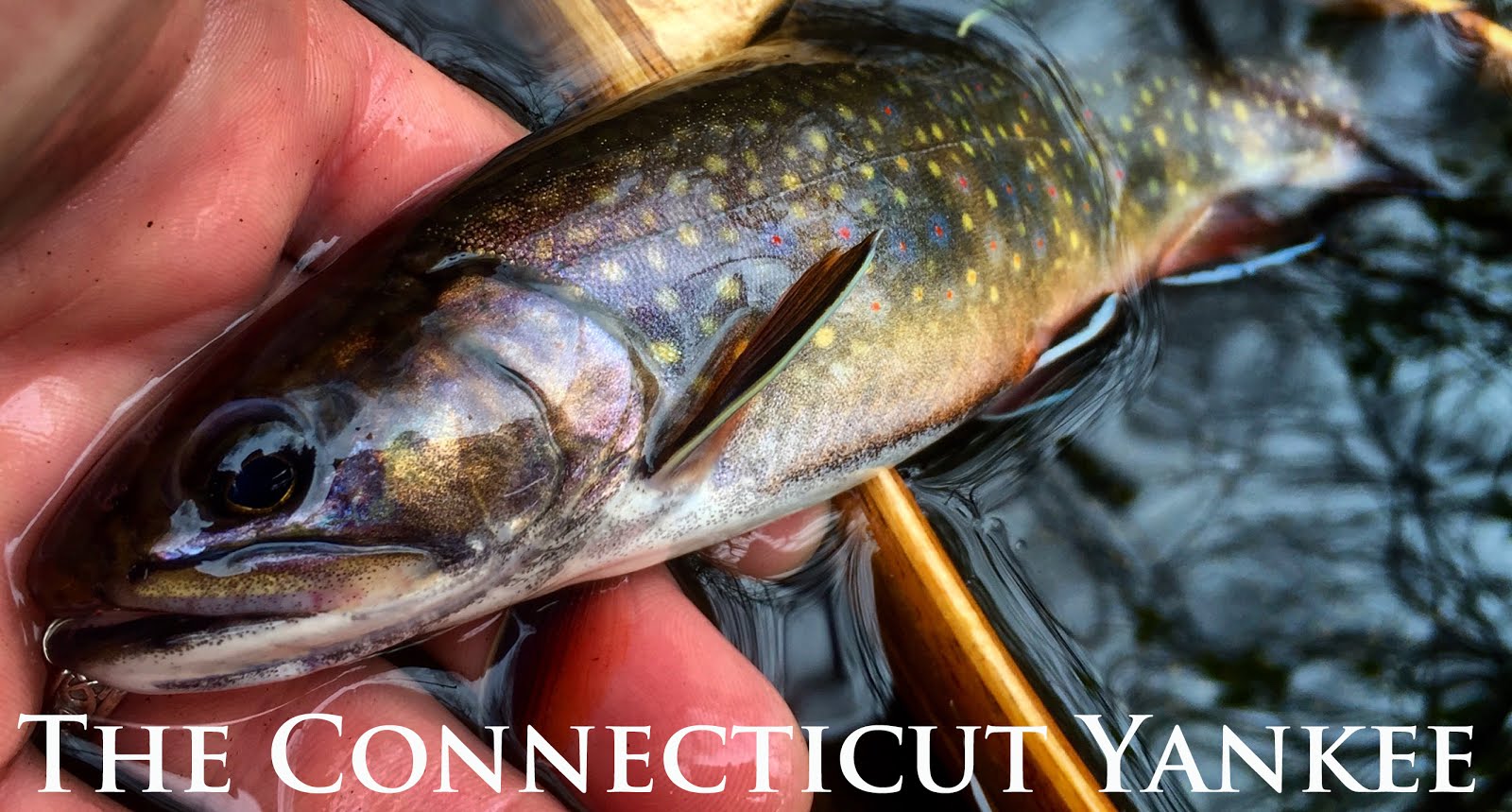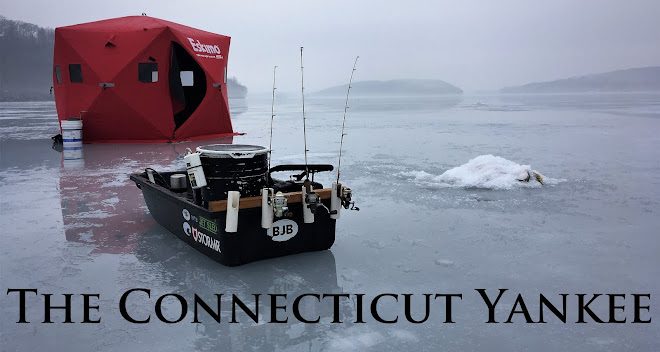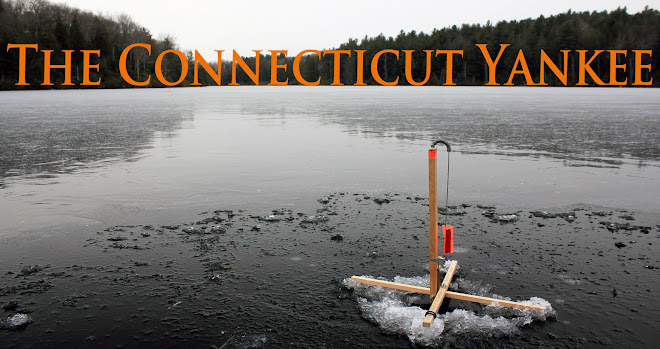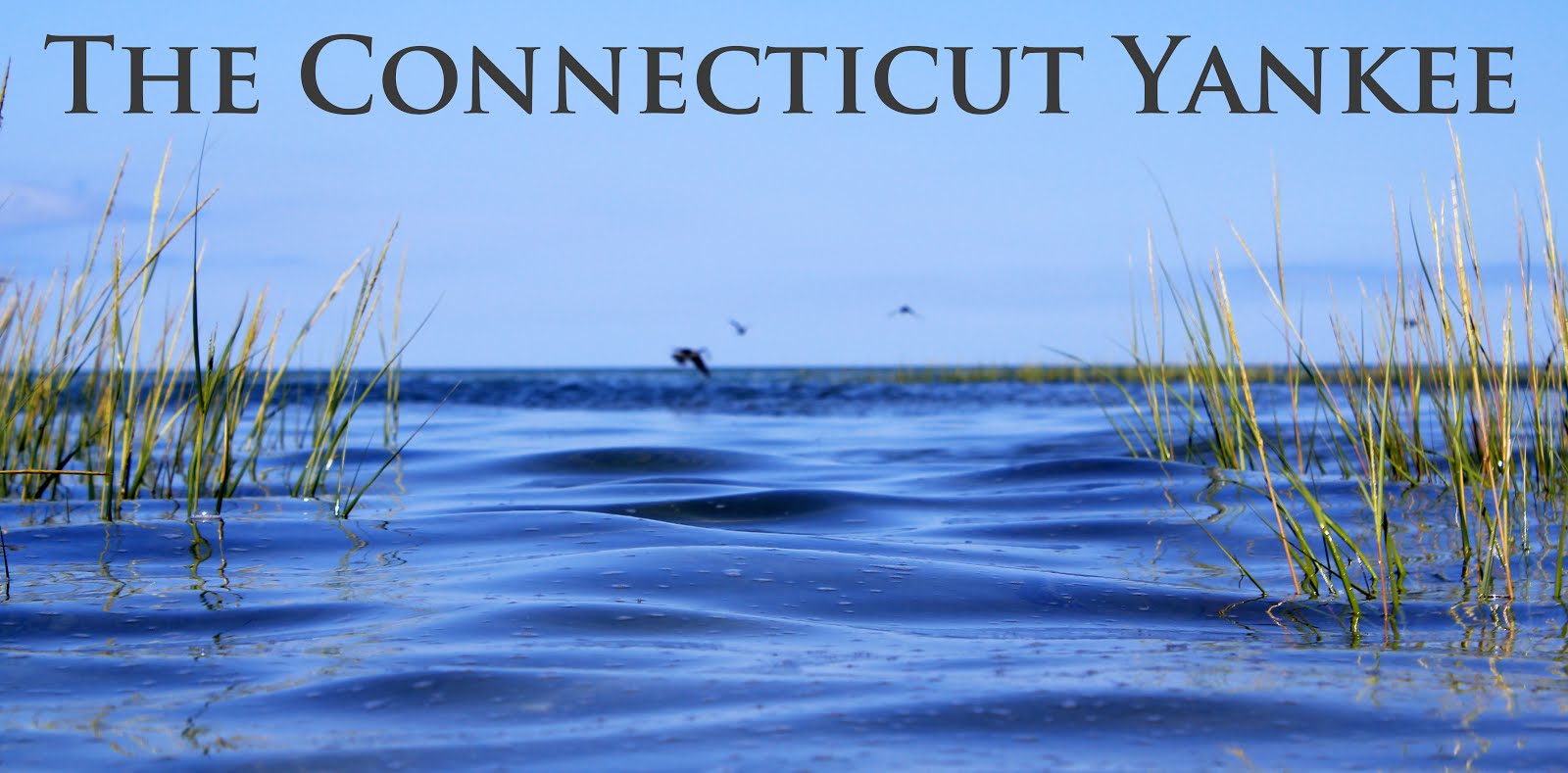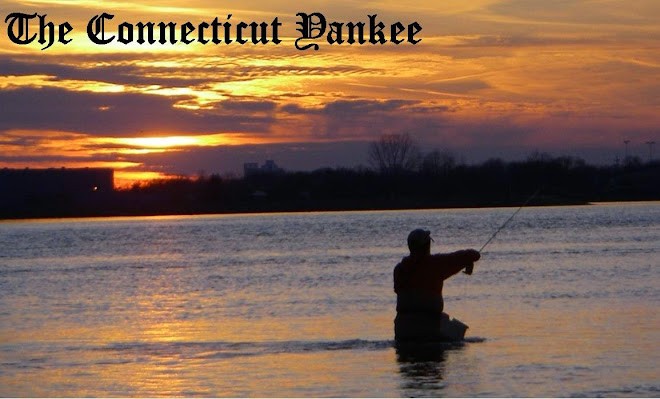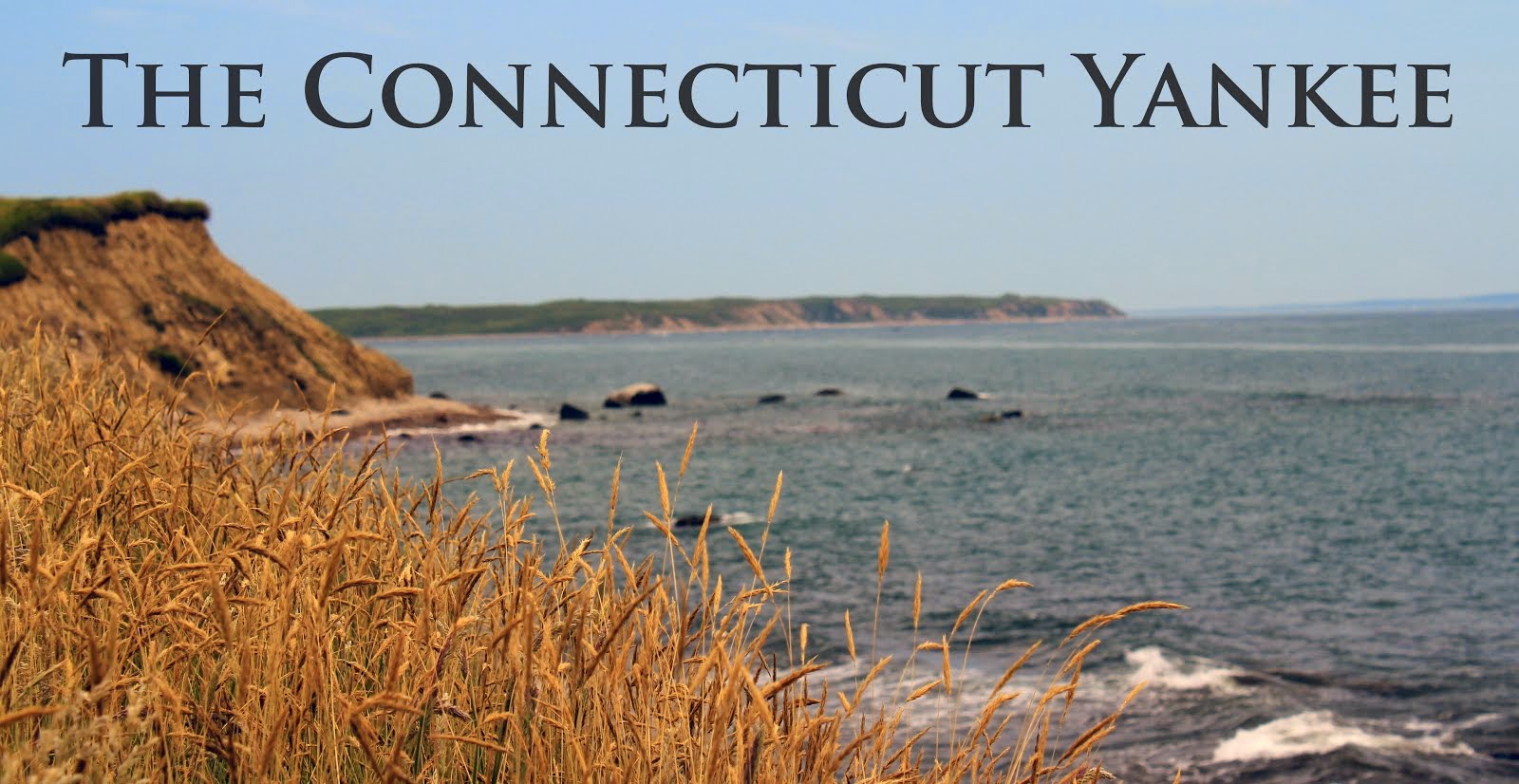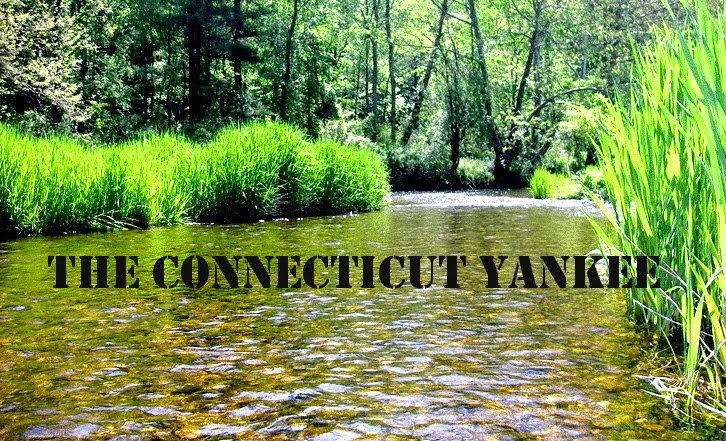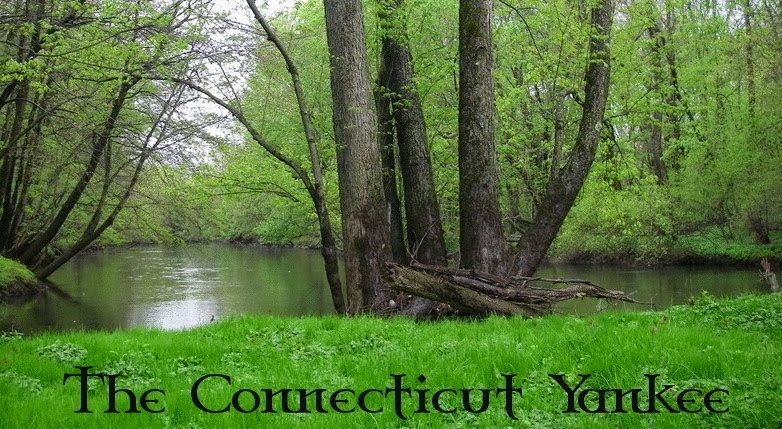The year of our lord 2021 was a game-changer thanks to a kayak
that willed its way to me. Investing in a proper platform for outings on Long
Island Sound and beyond had been on my mind for years. Things accelerated last
March in the classifieds section of a Connecticut fishing forum. For sale was a
second-hand Hobie Mirage Revolution 13 in good condition with a mess of
accessories going for a very fair price.
Contacting the seller set off a chain of events and a roller
coaster of emotions. As luck would have it another angler inquired just before
I did. The seller honored this order while assuring me the other guy wasn’t a
serious buyer. Daydreams of pedaling through epic blitzes were dashed when a
text, apologetic in tone, explained that the buyer was serious after all and—poof—the
Hobie was gone. It was business and life went on.
Two weeks later I found myself on that forum again with a
blinking icon on the screen. Low and behold it was a message from the fella who
beat me out for the kayak. He had realized that his back wasn't cut out for hauling
around the heavy Hobie and wanted a center console instead. An interesting
development, but by then the news was almost a week old and the kayak had been listed
for sale again. Here’s the kicker, a new buyer was supposed to pick it up at the
guy’s house yet never showed. By this point the Fish Gods had made their
intentions clear—this kayak was meant to be mine. I sent a deposit to hold it
and a few days later drove it home in the slow lane on 95 like there was a
newborn in my truck.
One of the best parts about this new chapter is all the
learning that comes along with it. While I made some memorable one-off trips in
the past—Costa
Rican roosterfish remains one of the coolest experiences of my life—I never
put in enough time to get truly dialed-in on a kayak. The technology has come a
long way since and this would be my first time using a yak with pedals and a rudder.
A rookie season of trial and error lay ahead of me and I was stoked to
reinvigorate my passion for angling by introducing new tools and techniques.
The first expeditions were family beach days where I brought
the Hobie along to get my bearings. After ferrying my daughters around and
making drifts for fluke (and catching mostly sea robins), I confirmed what I
already knew—the MirageDrive is outstanding. The pedal-system really gets the
kayak moving at a good clip and fingertip steering with the rudder control is a
breeze. I also accepted that it’s going to take some getting used to how wind,
tide, current, and pedaling influence my drifts.
By the time the fall run kicked into high gear locally, things
were clicking a little more on the yak. On a sunrise mission in September, I made
a short peddle to a submerged boulder field that boaters often blow right by. It
is ideal surfcasting habitat, yet the land around it is private and a pain to
reach legally. The kayak solves that issue and for the first hour of daylight,
each drift passed the point resulted in a hook up. Stripers and blues were fighting
over my spook, sometimes slapping it a few feet in the air. That morning was further
validation that the Hobie will be key for accessing spots that seem to be dwindling
by the year.
Arguably my most gratifying kayak experience in 2021 didn’t
involve a rod and reel. My friend Greg kindly invited me on an excursion to a
salt pond for an afternoon of clamming and looking for Native American
artifacts. We crossed the pond to a stretch of shore that has produced a number
of ancient stone tools for Greg over the past few years. It was awesome exploring
a beautiful and bountiful place that indigenous peoples had hunted and gathered
for millennia. There must have been a horseshoe up my arse because my first
time there I found a gorgeous quartz projectile point, nearly intact except for
a missing ear on the base.
Later we anchored in knee-deep water over a patch of silt
and sand that is home to quahogs—a species of shellfish that has drawn humans
to salt ponds like this since the ice sheets retreated. Using steel rakes with wire
baskets, we worked the bottom and occasionally heard or felt one of the hard-shelled
bivalves knock against the teeth of our rakes. A dozen or so perfect specimens made
their way home with me and were cooked on the grill that night. The kayak turns
out to be an ideal mode of travel to reach clam beds and arrowhead spots and my
hope is that these types of trips will only increase in frequency.
The last tour of 2021 came in November and had me in a
wetsuit because of colder water temperatures. Hellbent on catching my first
keeper-sized tautog from a kayak, I focused on jigging with Asian crabs over rocky
structure in about 10-15 feet of water. After realizing I need more practice in
the anchoring department, I moved on to peddling against the current in an
attempt to stay on top of the desired spot. Situations like this are why spot-lock
technology is so highly coveted. It was not optimal, but I managed to land a pile
of shorts before finally putting an old bulldog on my lap.
With birds wheeling in the distance, I gave up on any shot of a limit and released the blackfish. For the next hour I peddled after a body of fish that would surface briefly, go down and then pop up again a football field away. The water clarity was crystal clear and I witnessed multiple stripers following each retrieve of the lure. Not giant fish, but it was a gas and my legs were burning from all the chasing. A memorable way to close out the inaugural season.
At nearly 14-feet and 90-pounds fully rigged, the Hobie is a beast that takes some effort to get loaded and launched. Outings require a little planning ahead and a decent window of time to make the exertion worthwhile. Though I didn’t get out as much as I wanted this year, it’s a long-term investment and built to last. I plan to add a few creature comforts in the offseason, specifically setting up a fish finder. The kayak came with a couple older model Humminbirds that will do the trick until I upgrade down the road. Something to tinker with until we get ice strong enough to fish on. All in all, I’m pretty jazzed up on this kayak thing and look forward to the journeys ahead.



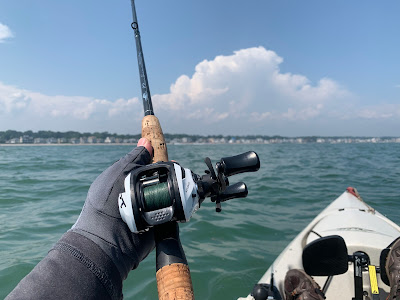




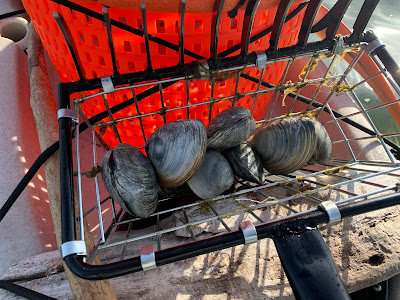
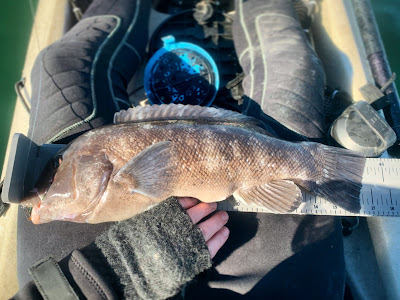





















































.jpg)

